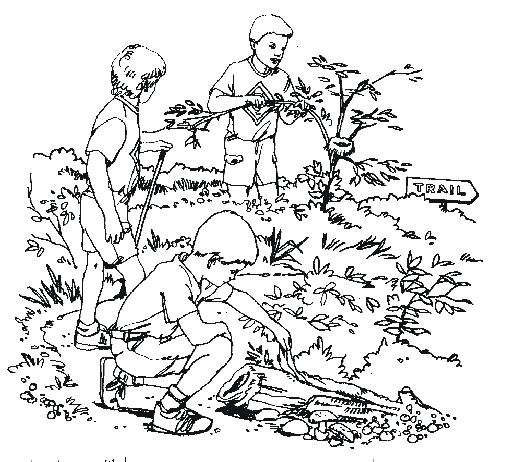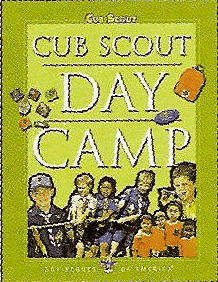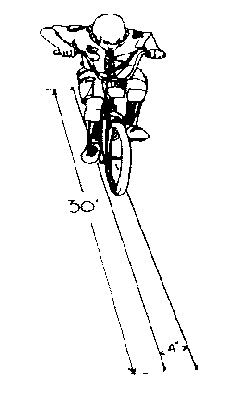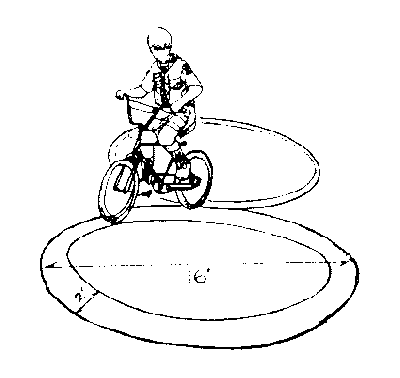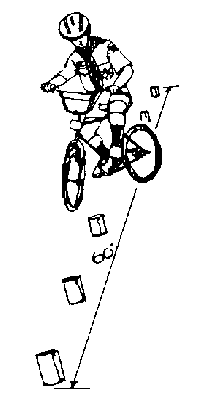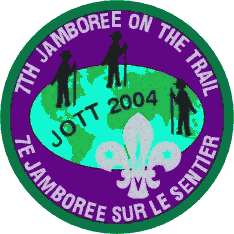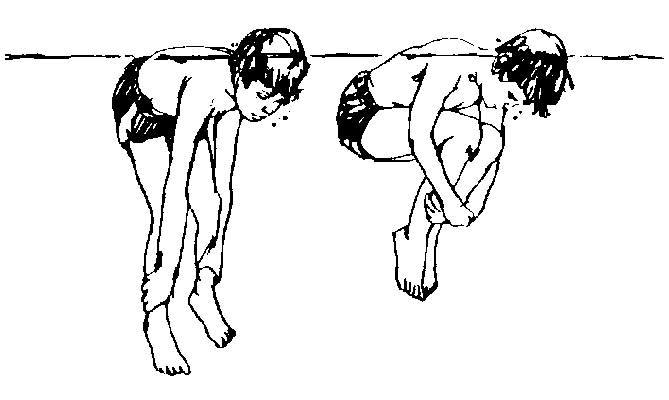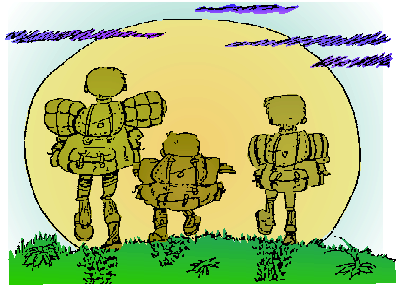I have done this a few times
and would enjoy doing it again.
First thing, find out which boys have
never caught a fish before and keep your eye on them and their helpers.
Next, make sure you have a camera along. I had a boy in Webelos that caught
his first fish on an outing and nobody had a camera. I went straight to
the nearest store and bought a disposable camera. It doesn't matter how
big or how small a fish is, the first fish can be an important memory.
I had another boy who had his mother helping him. He finally hooked a fish
and she told me it was his first fish just as she was about to help him
reel it in. I quickly had her stay back so he had to reel it in alone,
this way it really is his fish, caught all by himself. I later got a nice
card from that boy at a den meeting that said, "Thanks for helping me catch
my first fish".
Make sure you have plenty of adult
help. Check ahead of time to determine which of the adults are experienced
with fishing and which are experienced with fishing with kids. There is
a difference. Most of the boys will need help with baiting a hook, casting,
etc., but as much as possible, they need to be allowed to do it themselves.
The adults should be prepared with lots of patience, and not expect to
do much fishing themselves. There will be many lines crossed, and more
snags than you can count. Again, as much as possible, let the boys do it
themselves as much as possible. But don't let them get frustrated, step
in before that point so they can have a positive experience.
Find out what can be most easily caught
at the location. Usually it's small pan fish or catfish. Keep the rigging
simple, a baited hook and sinker, a float or bobber if needed. Try to get
them to bait their own hooks. Some boys don't want to touch the worms,
but it seems like after a while they all wind up playing with them. If
using prepared catfish bait, have at least a couple kinds along so they
can choose. I have found that the boys prefer the bait that says "Blood"
on the label and if the name sounds gross, that’s the one they want to
use. Avoid artificial lures, most of the boys are just learning to cast
and you don't really want the multiple hooks on most artificial lures to
be flying around.
Determine what you will do with any
fish that are caught. It would be a good chance to teach them about catch
and release unless you are planning to do some cooking. If you consider
cooking fish, don't plan it as a meal but as a snack to share, so everyone
gets a taste.
Now for the less fun part. Make sure
you have first aid kit handy, most injuries are in the small cut/scrape
area but they do happen. Set the rules ahead of time about no horseplay,
no playing in the water, fishing 10'-20'(?) apart, etc. and stick to them.
If they don't follow the rules, they must leave the water area or whatever
your rule is, and stick to them. There are enough dangers with sharp hooks,
knives or clippers, and being around water. Watch out for the rocks, sticks,
and stumps near the water.
When they hook a fish, make sure to
let them reel the fish in by themselves, no matter what. Just keep others
back and talk them through any instructions. Make sure you get pictures
(if they hold the fish out in front of them the fish look a little bigger)
and that the kids have fun.
CT-Marty Linn.
Cubmaster, Pack 1878
Polaris District, Sam Houston Area Council
To anyone contemplating doing
this I say "GO FOR IT!" It's a blast to take any bunch of kids fishing,
especially when you have a place where they might actually catch some fish.
As for poor experiences in this activity,
most are tied to a lack of preparation and planning. You can come
up with your own checklist of stuff to bring, but be ready to have a "short"
period of instruction. Bring along plenty of patience. Plan to have
at least two boys tangle their lines. If she had only two boys tangle
their lines, the boys did really well!!
Plan to do the entire activity for
the boys. Don't plan or expect to get any real fishing done yourself.
Your fun will come from helping the boys have fun fishing. Plan to have
adequate food and drinks to keep everyone happy. More than just what
you have for the picnic. Plan to have all other activities fall apart
once you start fishing. Everyone will want to be where the fishing
is. Plan to have fishing fall apart if there are no fish to be caught.
The boys won't sit still for long when there's nothing going on.
Have some other activities in your hip-pocket in case fishing becomes no
fun.
Plan to have fun and be sure to take
your camera. Fishing parties make for great memories.
CT-Daniel D. Hammond,
Sr., CM Pack 225
Black Hills District Committee,
Olympia, WA
 Click
Here
for Places to Go Fishing
Click
Here
for Places to Go Fishing

